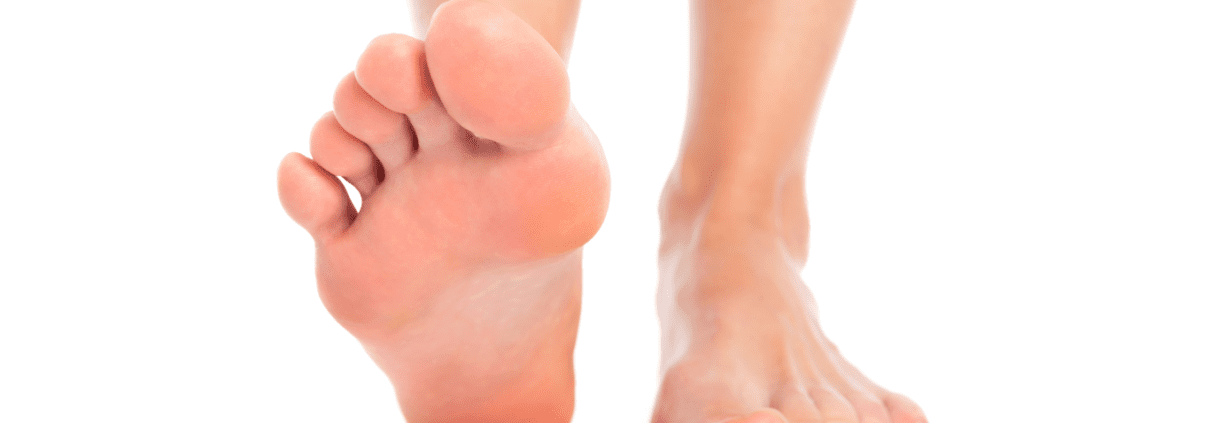Spotlight on Babinski Reflex
Babinski, like Babkin, is another reflex that rounds out our grasping reflex integration. Complimentary to the Palmar Grasp Reflex where toes curl, Babinski teaches the toes to stretch and the foot to turn slightly inward when the outer side of the foot is stroked. The ability for our feet to flex and extend, as well as turn in and out, helps us push off the ground as we learn to crawl on bellies, knees and eventually walk.
Related to posture, this reflex provides a sense of safety and stability navigating the world around us. The two work to support upright movement and, if immature, may result in poor balance and difficulties in walking. Without full integration, children may demonstrate physical challenges, from toe walking to stiff or sore legs. Delayed development of foot reflexes results in poor motor planning and a tendency to trip or fall.
The connections between our reflexes span our entire body and Babinski is a reminder of those linkages. We have a fascial chain that runs from our big toe to our tongue, connecting our feet with our mouths. The relationship between the two parts is evident in our earliest reflexes, when infants babble and wiggle their toes simultaneously. When we encounter speech and articulation challenges in development, there is almost always a linkage to the foot.


